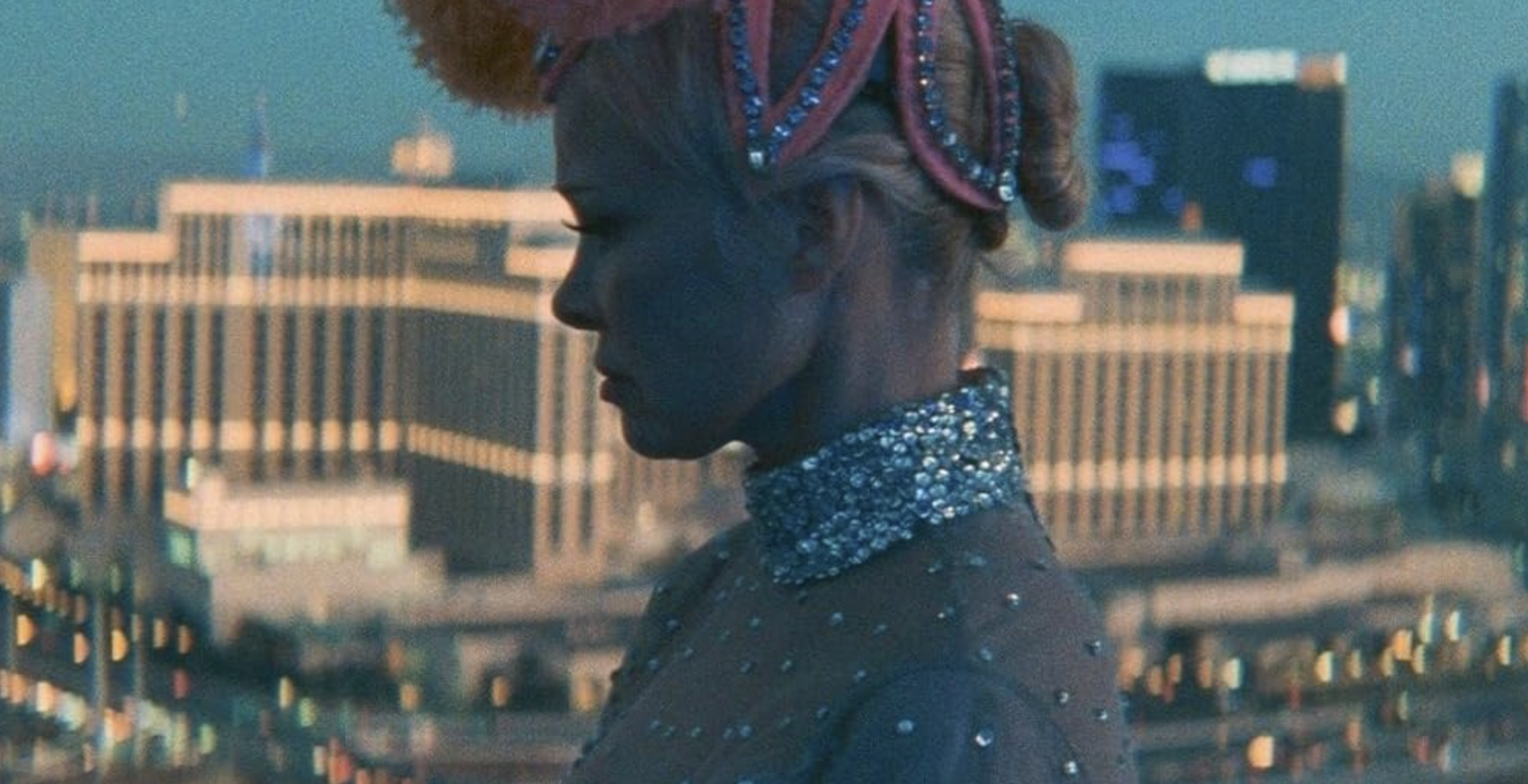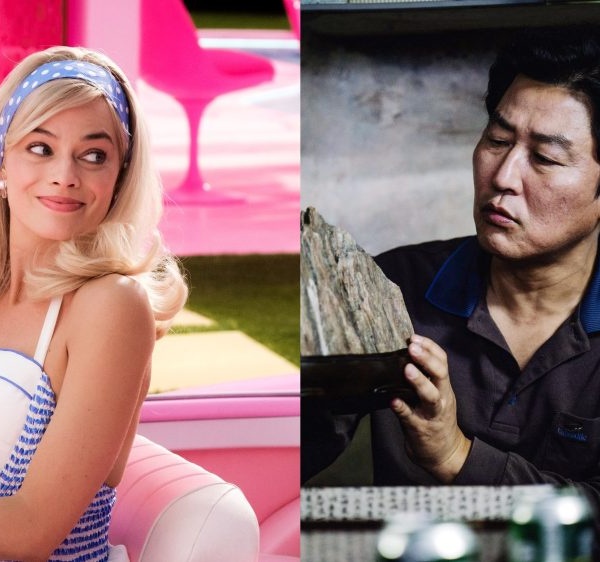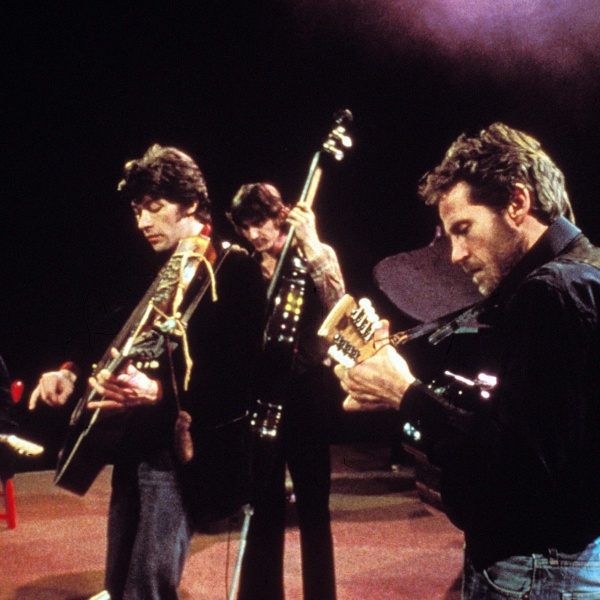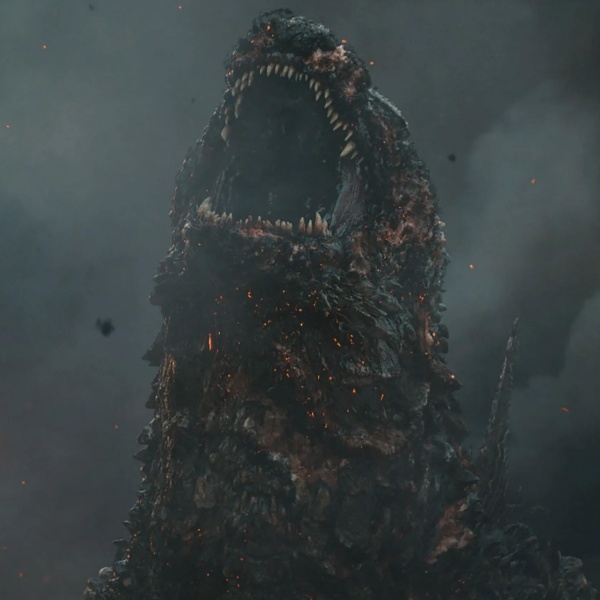
Following the world premiere of Gia Coppola’s deep-feeling Las Vegas drama “The Last Showgirl,” star Pamela Anderson teared up during a Q&A while sharing that Kate Gersten’s script was the only good script she’s ever received. And while we don’t doubt there have been plenty of good scripts around in the many decades the Canadian starlet has been working, we don’t doubt they weren’t sent to her — the product of a profound underestimation of the erstwhile “Baywatch” star’s prodigious talents.
Like the character at the heart of Coppola’s film — the eponymous “last showgirl” Shelly — Anderson has been forced to spend most of her life contending with unfair expectations and unreasonable requests. And while “The Last Showgirl” follows Shelly as she deals (and, often, doesn’t) with the fallout from a lifetime spent blazing her own trail, Coppola’s film seems destined and designed to do the opposite for Anderson: to open up an entirely new series of possibilities for the actress. “The Last Showgirl” is both the role of a lifetime for Anderson, one that can fully capture her incredible emotional intensity and vulnerability, and (we can only hope) the start of a brand new career for her.
Meet Pamela Anderson: Major, major contender.
Shelly has been putting on the ol’ razzle dazzle for most of her adult life — literally, as the Vegas showgirl has long been a cast member of Le Razzle Dazzle, an old-school feathers-and-rhinestones show that the city sure loves celebrating, but isn’t so hot on actually attending. She’s been there so long she’s cycled through the big roles (a key solo) and still appears front and center on the very outdated press photos. The girls at the show are her family, like a wonderfully world-weary Jamie Lee Curtis as Annette (a gambler who now makes her bucks as a cocktail waitress) and youngsters played by Kiernan Shipka and Brenda Song, who both get big moments to shine.
But Shelly has an actual child, the nearly-grown Hannah (a devastating Billie Lourd), who she long ago basically gave away, both because she wanted to keep dancing and because she was uniquely unable to balance motherhood with her career aspirations. Their relationship is, well, all you really need to know about is that Hannah only calls her “Shelly,” even when Shelly desperately refers to herself as “your mom,” all pep and pain and sparkle. And Shelly sparkles all the time, even when she’s home alone, no makeup, dancing to old classic films she projects onto her living room wall. Really, she can’t do away with it, because the makeup and the rhinestones and glitter have all but melted into her skin. She sparkles all the time, even when she doesn’t.
When Le Razzle Dazzle’s producer, Eddie (Dave Bautista, another of the film’s stars who digs deep into an unexpected role) tells the girls it’s about to be cancelled, shunted out the door after so many decades because the casino that houses it is much more interested in the “dirty circus” that recently slipped into the Dazzle’s weekend dates, it pushes Shelly into a spiral that seems inevitable. All of this was going to end, after all, because no one ever moved to Las Vegas hoping to build something lasting. It’s all dust, if not yet in the wind, there soon enough.
Coppola doesn’t shy away from showing off the grittier side of Vegas, from the backrooms where Shelly and the girls spend their frenetic moments between shows (Autumn Durald Arkapaw’s up-close, intimate cinematography adds incredible texture to the entire affair) to Shelly’s empty backyard and plenty of shots of The Strip in dingy, daytime non-glory. What is Shelly without the show? Does she know? Does she want to?
Despite that dismal-sounding plot line, “The Last Showgirl” is also deeply interested in finding moments of grace and humor. Curtis is a dynamo of comedic timing (even tiny lines about her “501(k)” kill), and when Coppola assembles her entire cast in one sequence, they ping-pong off each other with infectious energy. But that also makes the darker stuff hit harder, including repeated scenes in which Shelly pushes away every single person who loves her, Anderson a heartbreaking presence who fully embodies all of Shelly’s many moods and personas.
It’s a full meal of a role, which only makes Coppola’s small missteps stand out more: any time we’re not with Anderson, not pulled fully into Shelly’s world, the film flattens a bit. We’re here for her journey, for Anderson’s, and whenever Coppola pulls back toward her remarkable star, we’re reminded just how much that applies to not just Shelly, but Anderson herself.
Grade: B+
“The Last Showgirl” premiered at the 2024 Toronto International Film Festival. It is currently seeking U.S. distribution.




